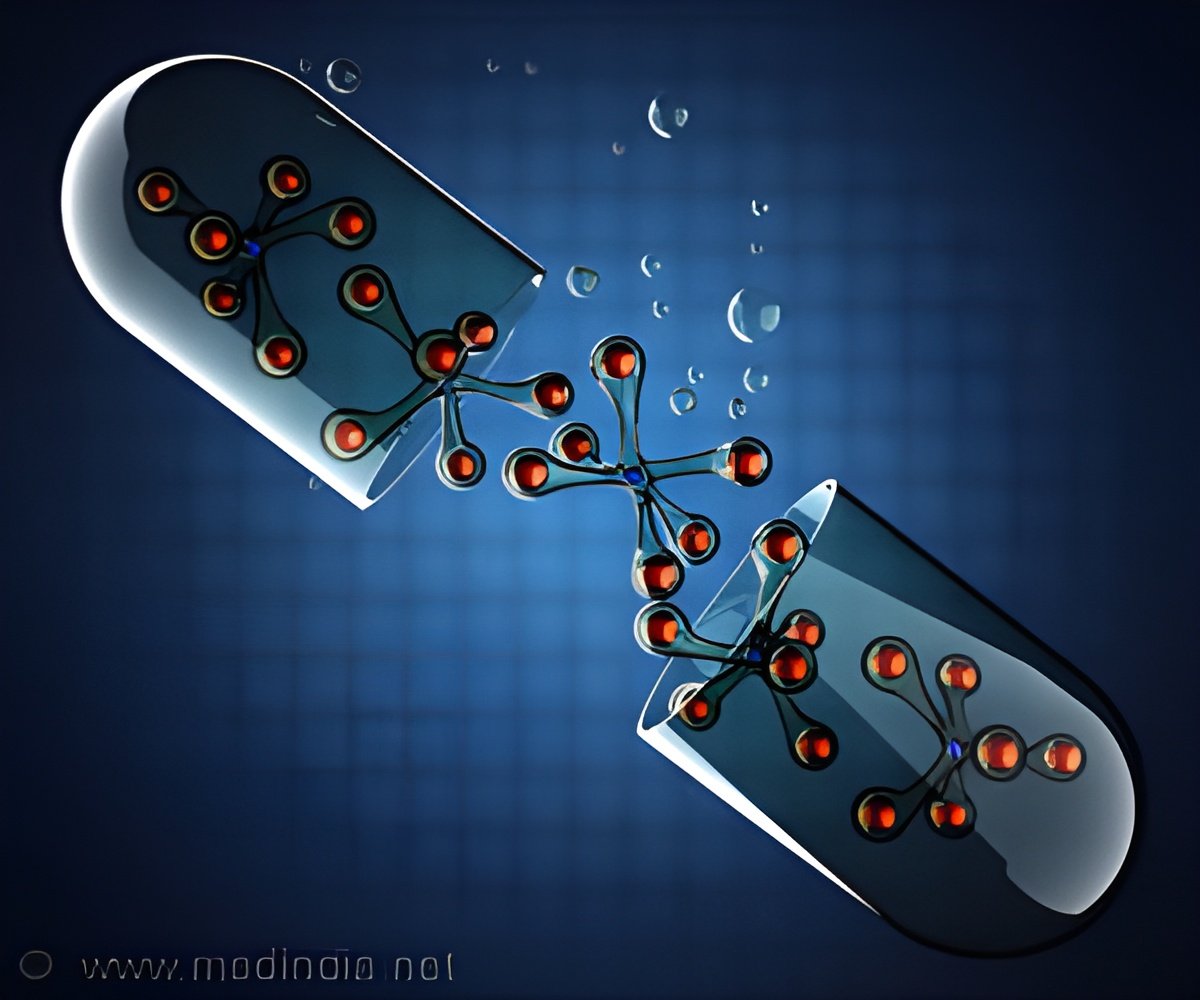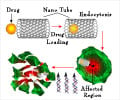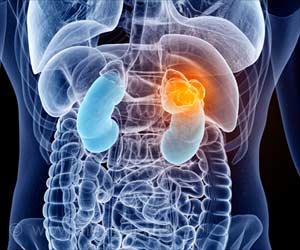US researchers produced a drug-loaded array for transdermal delivery of a chemotherapeutic drug where the drug is administered through the skin.

In this study, the researchers reported producing a drug-loaded array for transdermal delivery of a chemotherapeutic drug where the drug is administered through the skin.
The arrays consist of 25 poly (propylene fumarate) micro-needles, each needle having a tip and base diameter of 20 micrometer and 200 micrometer, respectively, and a height of one mm.
Constructing the array was challenging, said one of the study authors Jae-Won Choi from University of Akron in Ohio, US.
"3D printing this array was difficult, as the printable biomaterial contains some non-printable solvents and drugs," Choi noted.
Dacarbazine, commonly used to treat skin cancer, was blended into the solution prior to cross-linking (a final part of the 3D printing process).
Advertisement
"We'd like to have a faster drug release, but this will require more material research. Once we improve this process we can look at developing more controlled drug release," Choi noted.
Advertisement
The results were published in the journal Biofabrication.
Source-IANS











